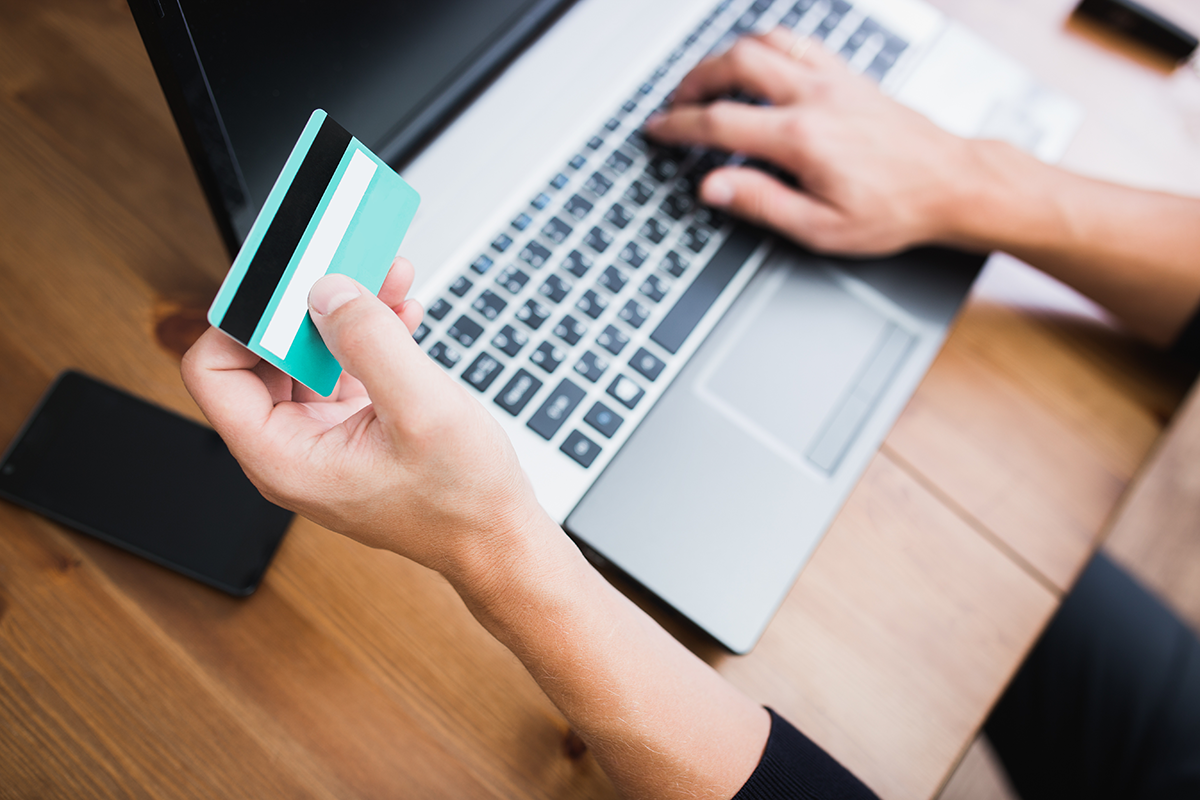Cyber-criminals love to hit consumers where it hurts, and I’d say the most vulnerable location would have to be our wallets.
I frequently receive inquiries asking how a consumer can better secure their credit card and financial accounts. This ultimately led to me authoring this blog as a point of reference. Fortunately the industry is beginning to implement better practice and new methods to prevent this, and as always, someone, somewhere, will eventually find a way around that.
I’ve included a few tips here that everyone should acknowledge, and a few that may not be relevant to your environment. Obviously there are a TON of steps you can take to better your security, but if I wrote them all down, we would have a novel as opposed to a blog post. For the sake of being concise, I’ve kept this short and sweet, so to speak.
- Physical security is important, keep your credit and debit cards in a secure location that only you can access.
- Never write down your PIN, and make sure it is not personally identifiable information such as birthdays, phone numbers, etc. Cover it up when entering it publicly.
- Make sure that you add your signature to your card, this is something that most neglect or have neglected to do in the past. I know I’ve certainly been guilty of it.
- Regularly review your statements for transactions you do not recognize. Cyber criminals will frequently make minuscule charges first to see if you are checking your statements, and if not, make larger transactions. Some of the most successful campaigns such as this have accrued countless amounts of money with charges as small as a penny at a time.
- Before using your card at a public ATM, ensure that the machine has not been tampered with. Skimmers are becoming smaller and more popular methods for scraping card data.
- Confirm that when making a withdrawal, the amount on the receipt matches the amount withdrawn. Shred the receipt before disposing of it.
- If you receive a new card, completely destroy the old one.
- When purchasing anything online, ensure that the website utilizes HTTPS. Never submit financial or personal data via unencrypted connection.
- As stated in my previous blog, always log out of a website, app, or platform when you are done using it. Most websites and banking apps now implement a time-out policy that requires re-authentication after a certain time frame.
- Never write down your entire card number on a physical medium and never mail it.
- Always keep your card within sight of you. If a teller needs to take it to a machine, request that you accompany them, or ask them to bring the machine to you.
- Avoid using public computers whenever possible and never make important transactions on an unsecured network.
- As we move into chipped base cards that offer more protection, cyber criminals now have the ability to scan these cards. While in its early stages and having limited range, this technology will continue to improve. If you utilize one of these cards, invest in an RFID sleeve to prevent your data from being swiped.
There is a lot more that could be added to this and as we see security measures improve, we will also see the technology to compromise them improve as well. What is secure today, may not be tomorrow.






